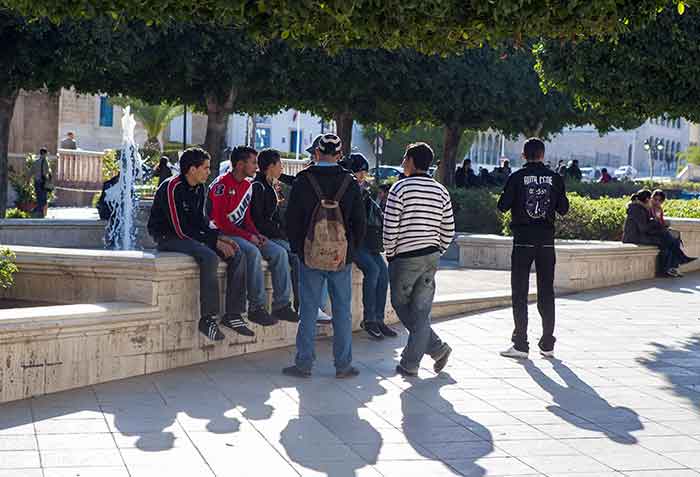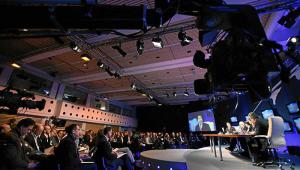web_tunisiastudents_shutterstock_290889734.jpg

A group of students in Tunisia. Many leave university only to find they are unable to find work in their field.
In its 2016 Arab Human Development Report, the UN Development Programme found that inequalities of income, education and opportunity are having a more negative impact on human development in the region than they are on average around the world.
The UNDP’s human development index measures wellbeing by looking at progress in three areas for citizens: living a long and healthy life; being educated and knowledgeable; and enjoying a decent standard of living.
Countries in the Arab world increased their score on the index between 1980 and 2010, however, the global financial crisis, political instability and conflict in the region have taken their toll.
Average growth in human development dropped by more than half between 2010 and 2014 compared to that from 2000 to 2010, the UNDP said.
Inequalities played a large part in weighing down the region’s score. The UNDP said countries in the region suffered an average loss of 24.9% to their achievements on the index when adjusted for inequalities, compared to an average of 22.9% globally.
Inequality is the widest in education, the UNDP continued. The region’s education score dropped by around 38% when adjusted for disparities in this area.
Although, at around 17%, income inequalities seem relatively less severe in the region compared to the 36% measured in Latin America and the Caribbean, inequality of income is growing more rapidly in Arab countries than in other middle-income nations, the UNDP said.
Inequalities and economic, social, political and cultural exclusion are frustrating the region’s substantial youth population, which is bigger than it ever has been before, the report noted. Around 60% of the region’s population are under 30 – a demographic will be critical for development in the coming decades.
But the report said Arab countries are failing miserably at harnessing this. In 2014, unemployment among youth in the Arab region exceeded twice the global average of almost 14%. The region will need to generate 60 million new jobs by 2020 to absorb the number of workforce entrants in order to stabilise youth employment, the report said.
The Arab Spring, which began in Tunisia in 2011 and spread across the region, demonstrated the power of the region’s youth in catalysing change. However, the UNDP noted that many young people remain excluded from formal political channels and youth voting rates remain the lowest in the world.
“Today, youth in the Arab region are more educated, more connected and more mobile than ever before,” said Sophie de Caen, acting director of the Regional Bureau for Arab States in UNDP.
“Arab countries can reap the huge democratic dividend that its young population represents if they invest in enhancing the capacities of their youth and enlarging opportunities available to them. We can no longer treat young people in the Arab region as passive dependents or a generation-in-waiting.”













